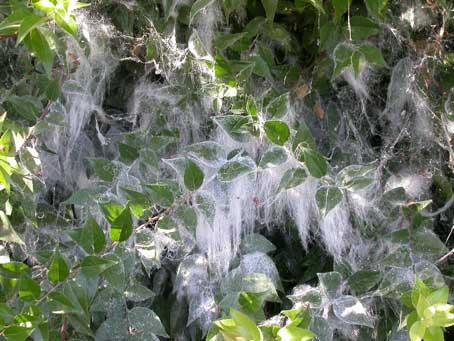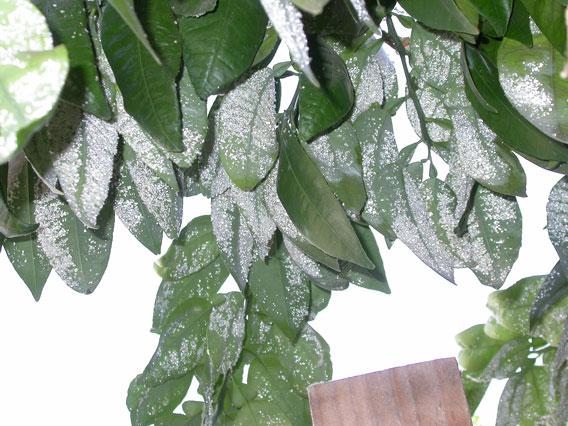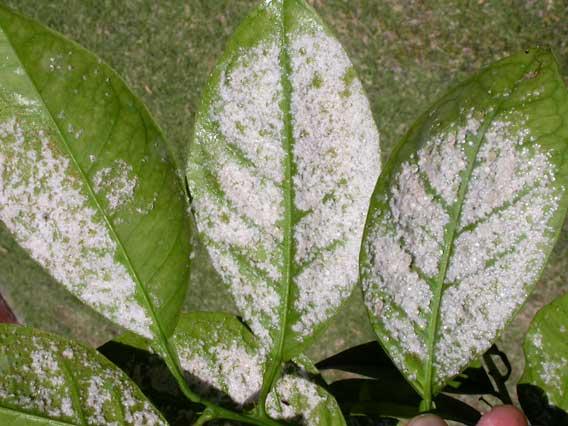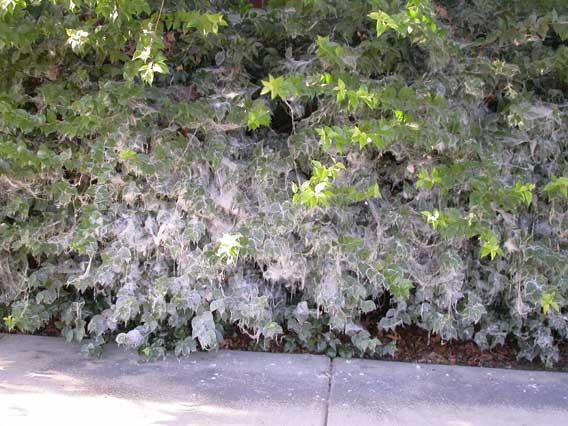Giant and Woolly Whiteflies Invade Urban Bakersfield
Both whitefly cases are textbook examples of what happens when exotic insect pests arrive at a new location in the absence of their natural enemies. In Mexico, the native homeland of giant whitefly, tiny parasitic wasps kill immature stages of this pest to the extent that adults are difficult to find. The same is true for woolly whitefly which is controlled in Europe, Florida, and southern California by related parasites. In the San Joaquin Valley, though, parasitic wasps for either species have not been found, and whitefly populations are skyrocketing.
Whitefly infestations are not new to Bakersfield. Most local residents are well aware of the flights of silverleaf whitefly that enter town from mid-August through fall season. These whiteflies primarily come from agricultural crops such as cotton that dry down and become inhospitable as hosts in the early fall. Other residents who have been around longer may be familiar with the ash whitefly, which infested Modesto ash beginning in the late 1980s, and caused considerable damage until parasitic wasps were imported for its control in 1991. Since that time, ash whitefly has been under complete biological control by these parasites.It is uncertain what impact giant and woolly whiteflies will have in Kern County. Giant whitefly originally entered California in San Diego where it became a serious pest of hibiscus used as a food for animals at the San Diego Zoo. Since that time, this pest has spread up the coast towards Santa Barbara County. Efforts by the California Department of Food and Agriculture to introduce parasites in coastal parts of the state have been successful, and have significantly reduced numbers of this pest in those regions. The success of such a program in Kern County is uncertain, since tiny parasitic wasps that flourish on the coast often cannot survive the hot, dry climate of the San Joaquin Valley.
Methods for controlling woolly whitefly are yet to be determined due to a lack of available control options for backyard citrus. Insecticides that are available to licensed pest control advisors in commercial citrus groves are not available to the general public, and no homeowner products have been successful at controlling this pest. Hopefully, with time, parasitic wasps that control this pest in other locations can be introduced into Bakersfield to reduce backyard populations of the pest, and prevent its spread into commercial citrus producing regions of Kern County.



